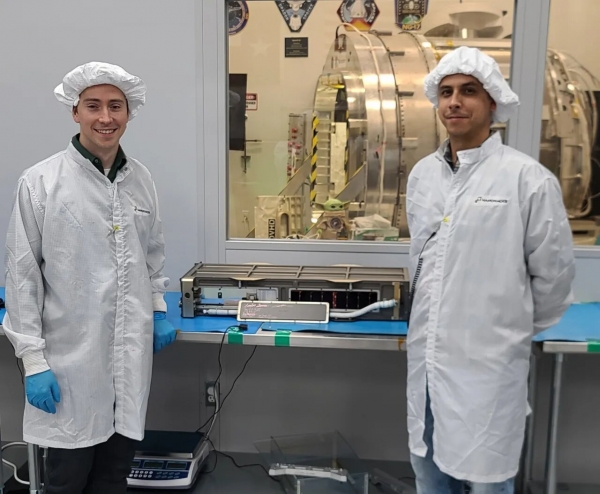Two NASA pathfinding missions were recently deployed into low-Earth orbit, where they are demonstrating novel technologies for observing atmospheric gases, measuring freshwater, and even detecting signs of potential volcanic eruptions.
Two NASA pathfinding missions were recently deployed into low-Earth orbit, where they are demonstrating novel technologies for observing atmospheric gases, measuring freshwater, and even detecting signs of potential volcanic eruptions.
The Signals of Opportunity P-Band Investigation (SNoOPI), a low-noise radio receiver, tests a new technique for measuring root-zone soil moisture by harnessing radio signals produced by commercial satellites — a big job for a 6U CubeSat the size of a shoebox.
Separately, the Hyperspectral Thermal Imager (HyTI) is measuring trace gases linked to volcanic eruptions. HyTI, also a 6U CubeSat, could pave the way for future missions dedicated to detecting volcanic eruptions weeks or months in advance.
Both instruments were launched on March 21 from NASA’S Cape Canaveral Space Force Station to the International Space Station aboard SpaceX’s Dragon cargo spacecraft as part of the company’s 30th commercial resupply mission. On April 21, the instruments were released into orbit from the station.
Read more at NASA
Image: NASA engineers Austin Tanner (left) and Manuel Vega stand beside SNoOPI, short for Signals of Opportunity P-Band Investigation, at the NanoRacks clean room facility in Houston. (Credit: NASA / Denny Henry)




